Punganuru cows, originating from Andhra Pradesh, India, are known for their small stature and high milk yield relative to their size. These cows are highly valued for their adaptability to harsh climates and friendly temperament, making them ideal for small-scale farming. In this introduction, we’ll explore the unique characteristics of Punganuru cows, including their origin, distinct features, gentle nature, and breeding practices, providing a comprehensive overview for anyone interested in this remarkable breed.
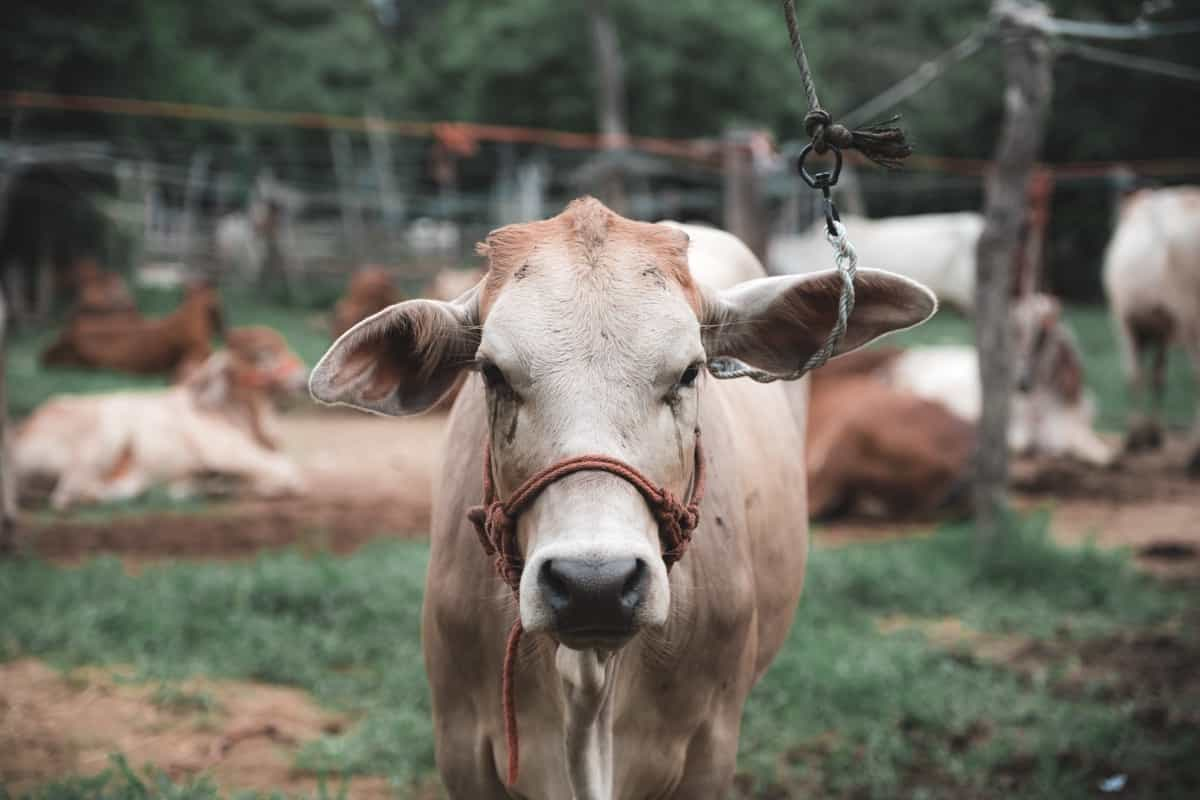
Everything You Need to Know About Punganuru Cows
About Punganuru Cows
Punganuru cows are a rare and unique cattle breed originating from the Chittoor district of Andhra Pradesh in southern India. They are among the world’s most miniature-humped cattle breeds, with an average height of 70-90 cm and an average weight of 115-200 kg. They are mainly white and light grey, with a broad forehead and short horns.
They are known for their high-quality milk, which has a high-fat content of about 8 percent and is rich in medicinal properties. They are also highly drought-resistant and can survive on dry fodder. Punganuru cows are considered the mother of all cows, as they have efficient reproductive characteristics and can produce offspring even at an old age.
Origin and History of Punganuru Cows
Punganuru cows are named after the town of their origin, Punganur, in the Chittoor district, situated at the southeastern tip of the Deccan Plateau. The Rajas of Punganur developed the breed and used them for milking and other light agricultural operations. The breed is believed to have descended from the Ongole cattle, which the Vijayanagara kings brought to the region in the 15th century.
The local hill cattle and the Sahiwal cattle from Pakistan also influenced the breed. Punganuru cows have a long history of being revered by the locals for their cultural and economic significance. They were also used as gifts and dowry by the royal families.
Unique Facts About Punganur Cattle
Distinct Appearance: Punganur cattle are notably small-sized, predominantly displaying white and light grey hues. Occasionally, their coats exhibit light to dark brown or even red shades. Their distinguishing physical features include a broad forehead and uniquely shaped horns. Bulls’ horns curve backward and forward, forming a crescent shape, while cows tend to extend laterally and forward.
In case you missed it: Why You Should Consider These 20 Best Dairy Cattle Breeds for Your Farm: Top Profitable Milk Cow Breeds
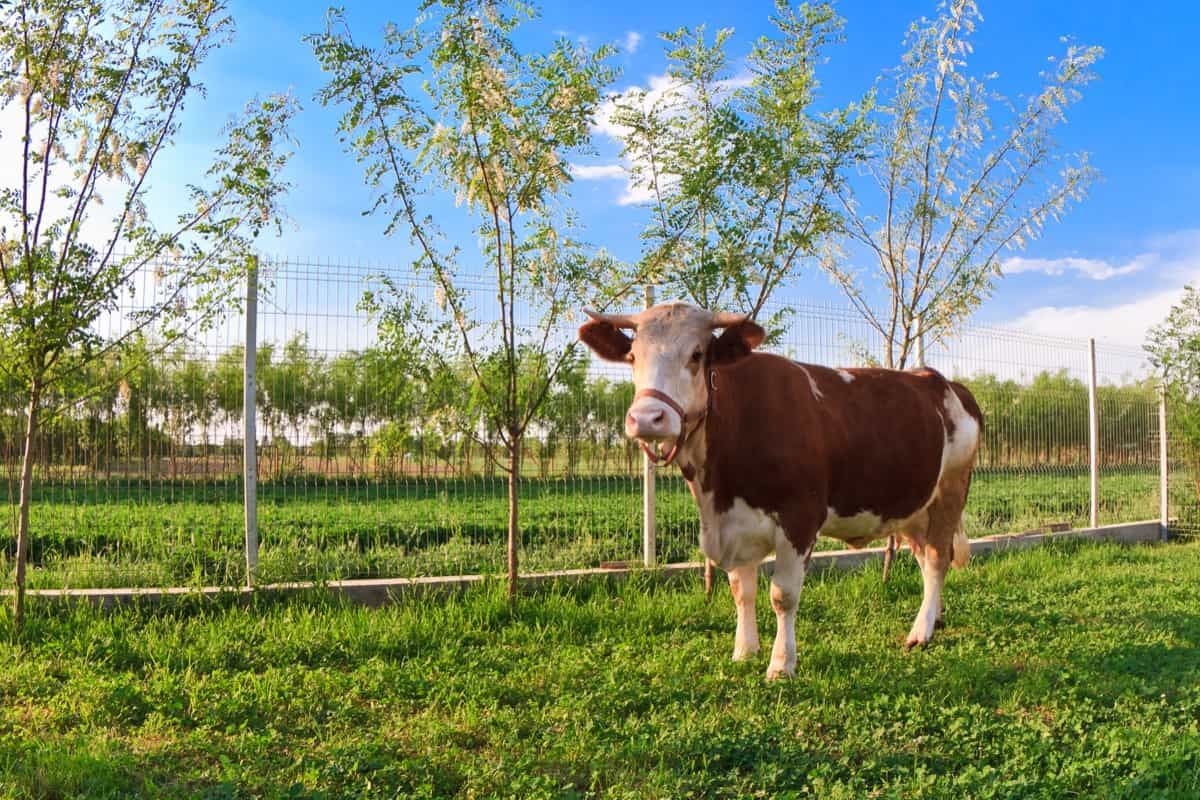
Size and Weight: At an average height of 70-90 cm, Punganur cattle are among the most miniature breeds. Bulls typically weigh around 225 kg, whereas cows are lighter, averaging about 115 kg.
Milk Production: Renowned for their milk, Punganur cows produce 3-5 liters daily. Their milk stands out for its high-fat content, approximately 8%, significantly higher than the typical 3-5% fat content in regular cow’s milk. This rich, fat-laden milk is also attributed to its medicinal properties.
Adaptability and Hardiness: These cattle are remarkably resilient and drought-resistant, thriving on dry fodder. Their daily feed intake is about 5 kg, demonstrating their efficiency in harsh conditions.
Rarity and Conservation: The Punganur breed, native to India, is rare, with only about 180-200 cows remaining. This rarity underlines the importance of conservation efforts for this unique breed.
Health Benefits: The high-fat content and medicinal qualities of Punganur cow milk make it highly beneficial for health.
Cultural Significance: The breed’s fame primarily stems from its exceptional milk production and the medicinal value of its milk, coupled with its hardy nature, making it a valuable asset in rural farming communities.
Physical Characteristics and Appearance of Punganuru Cows
Punganuru cows are smaller than most other cattle breeds, with an average height of 70-90 cm and an average weight of 115-200 kg. The bulls weigh around 225 kg on average. The animals are mainly white and light grey but can also be light brown to dark brown or red. They have broad foreheads and short horns that are crescent-shaped, often loosely curving backward and forward in bulls and lateral and forward in cows.
They have a hump on their back that slopes downwards from front to hindquarters. They have a long tail that touches the ground. They have a compact body with well-developed udder and teats in cows.
Behavioral Traits and Temperament of Punganuru Cows
Punganuru cows are docile and friendly animals that are easy to handle and manage. They are adaptable to different climatic conditions and can tolerate heat and drought well. They are also resistant to common diseases and parasites.They are loyal and affectionate to their owners and can form strong bonds. They are also social animals that like to live in groups with other cattle.
Punganuru Cows’ Milk Production and Quality
Punganuru cows are mainly used for milk production, as they produce high-quality milk rich in fat, protein, minerals, vitamins, and medicinal properties. Their milk has a fat content of about 8 percent, much higher than the average cow’s milk, which has 3 to 5 percent fat content. Their milk also has a sweet taste and a pleasant aroma. The cows can produce about 3 to 5 liters of milk daily, with a daily feed intake of 5 kg. Their lactation lasts about ten months, and they can produce milk even at an old age.
In case you missed it: Maximizing Milk Production: Dairy Cow Nutrition on Different Lactation Cycles
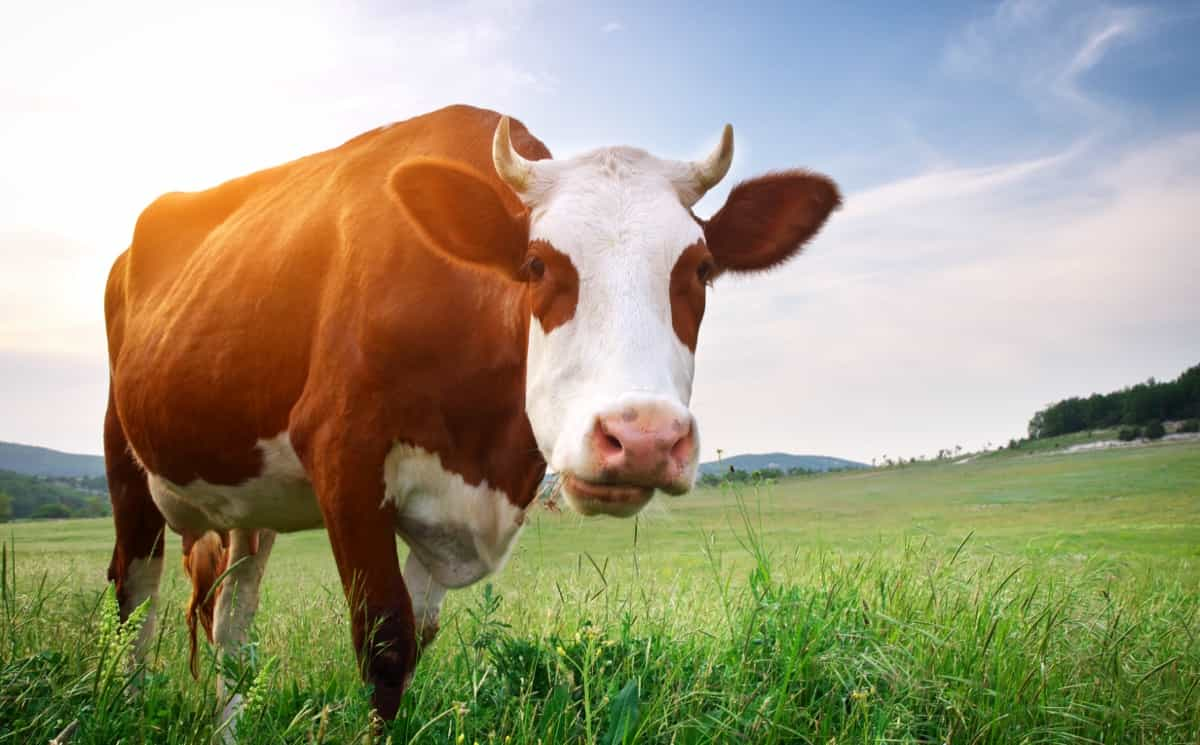
Nutritional Requirements and Feeding of Punganuru Cows
Punganuru cows are low-maintenance animals that can survive on dry fodder like straw, hay, grasses, leaves, etc. They can also consume agricultural by-products such as oil cakes, bran, husk, etc. They need a balanced diet with sufficient energy, protein, minerals, vitamins, and water. They should be feeded twice daily, preferably in the morning and evening. They should also always have access to clean and fresh water.
Health Issues and Care for Punganuru Cows
Punganuru cows are generally healthy animals that do not suffer from many health issues or diseases. They resist common infections such as mastitis, foot rot, tick fever, etc. They are also immune to parasites such as worms, lice, ticks, etc. However, they may need regular deworming, vaccination, hoof trimming, grooming, etc., to prevent health problems or complications. They should also have adequate shelter, bedding, ventilation, hygiene, etc., to ensure their comfort and well-being.
Breeding and Reproduction of Punganuru Cows
Punganuru cows have efficient reproductive characteristics that make them ideal for breeding purposes. They reach sexual maturity at an early age of 18 to 24 months and can produce offspring even at the old age of 15 to 20 years. They have a short gestation period of about 270 days and can give birth to one or two calves at a time.
The calves are usually small and weigh around 10 to 15 kg at birth. They are fast-growing and can reach adult size in about two years. The cows have a good maternal instinct and can care for their calves well. The cows can be bred naturally or artificially, depending on the availability and preference of the owners.
Punganuru Cows in Agriculture and Farming Practices
Punganuru cows are versatile animals used for various agricultural and farming purposes. They can be used for milking, as they produce high-quality milk that is rich in fat and medicinal properties. They can also be used for meat production, as they have lean and tender meat that is low in cholesterol and protein.
They can also be used for draught purposes, as they are strong and agile animals that can pull carts, plows, etc. They can also be used for manure production, as they produce much dung rich in organic matter and nutrients. They can also be used for biogas production, as their dung can be converted into methane gas can be used for cooking, lighting, etc.
Economic Importance of Punganuru Cows
Punganuru cows are economically essential animals that can benefit their owners and society. They can provide income and livelihood to the farmers and rural people who rear them for milk, meat, draught, manure, biogas, etc. They can also provide food security and nutrition to the consumers who consume their milk, meat, etc. They can also provide environmental benefits by reducing greenhouse gas emissions, enhancing soil fertility, conserving biodiversity, etc. They can also provide cultural benefits by being part of the local traditions, festivals, rituals, etc.
In case you missed it: How to Make Corn Silage: Production and Management Steps for Goats, Sheep, Cows, Pigs, and Cattle
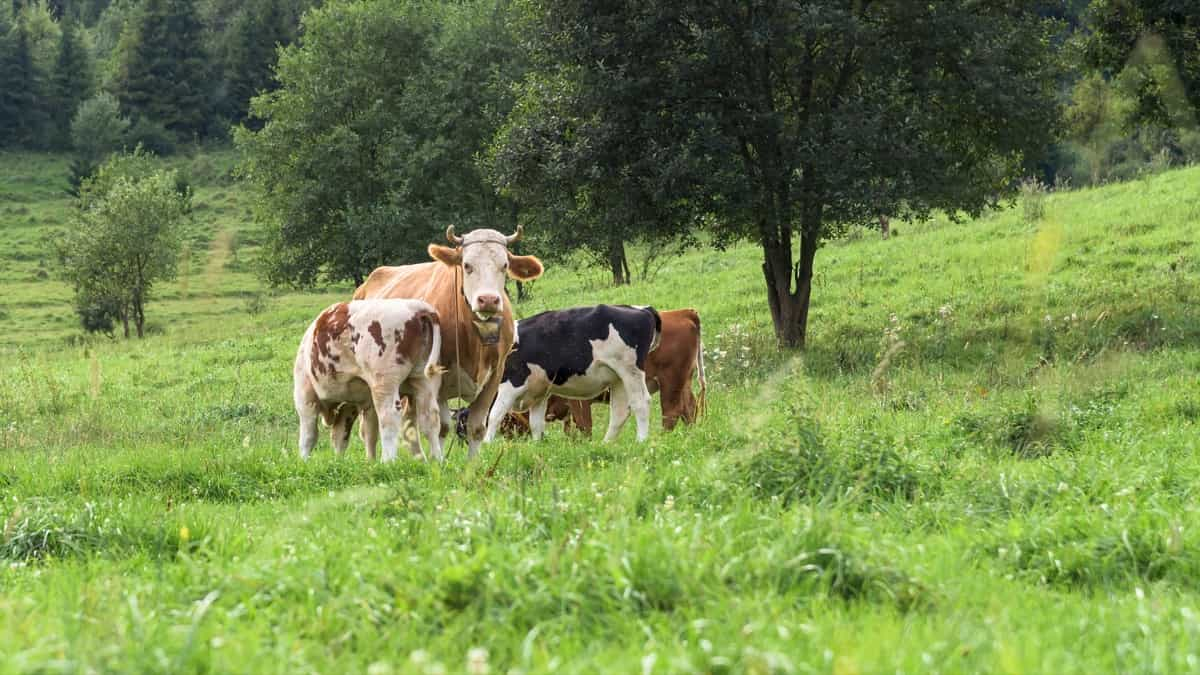
Conservation Efforts for Punganuru Cows
Punganuru cows are a valuable and endangered cattle breed in India, requiring urgent conservation efforts to prevent extinction. Conservation efforts can be divided into two main categories: in-situ and ex-situ. In situ conservation involves maintaining a viable population of Punganuru cows in their natural habitat, providing them with adequate resources such as food, water, shelter, health care, and security.
Raising awareness among locals about the importance and benefits of Punganuru cows is also crucial. Ex-situ conservation involves transferring Punganuru cows to other regions or countries for controlled rearing and breeding under controlled conditions. This includes creating a gene bank of genetic material, such as semen, embryos, cells, or DNA, for future breeding or research purposes.
Ex-situ Conservation Projects
- Livestock Research Station (LRS)
- Save Indian Cows (SIC) Foundation
- Goel Vet Pharma (GVP) Company
- National Bureau of Animal Genetic Resources (NBAGR)
- International Livestock Research Institute (ILRI)
- United States Department of Agriculture (USDA).
In-situ Conservation Projects Involve:
- Maintaining a viable population of Punganuru cows in their original location.
- Providing them with adequate resources.
- Raising awareness among locals.
- Promoting conservation efforts.
Comparative Analysis with Other Dairy Breeds
Punganuru cows are a unique and valuable dairy breed, often compared to other popular breeds in India and abroad. Holstein-Friesian, a large-sized dairy breed from the Netherlands and Germany is the most widely used in developed countries. It has a black-and-white coat, long horns, high milk yield, and low-fat content. Jersey, a medium-sized dairy breed from Jersey Island, is popular in India and other tropical countries.
It has a fawn-colored coat and small horns, moderate milk yield, and high milk fat content. Sahiwal, an indigenous dairy breed from Punjab, Pakistan, is one of the best zebu or humped cattle breeds for milk production in India and other tropical countries. Gir, an indigenous dairy breed from Gujarat, India, is distinctive for its red-and-white spotted coat and long curved horns. It has a high milk yield, moderate fat content, and high feed intake. These breeds require reasonable management and care to thrive in their respective environments.
Cultural Significance and Local Traditions Involving Punganuru Cows
Punganuru cows, originating from Andhra Pradesh, are a small humped cattle breed with a high-fat content and medicinal properties. They are revered for their milk, used in making ghee, butter, and curd, and are associated with local traditions like the Punganur Jatara festival.
In case you missed it: Top and Highest Milk Producing Cattle/Cow Breeds in India: Best Guide for Beginners
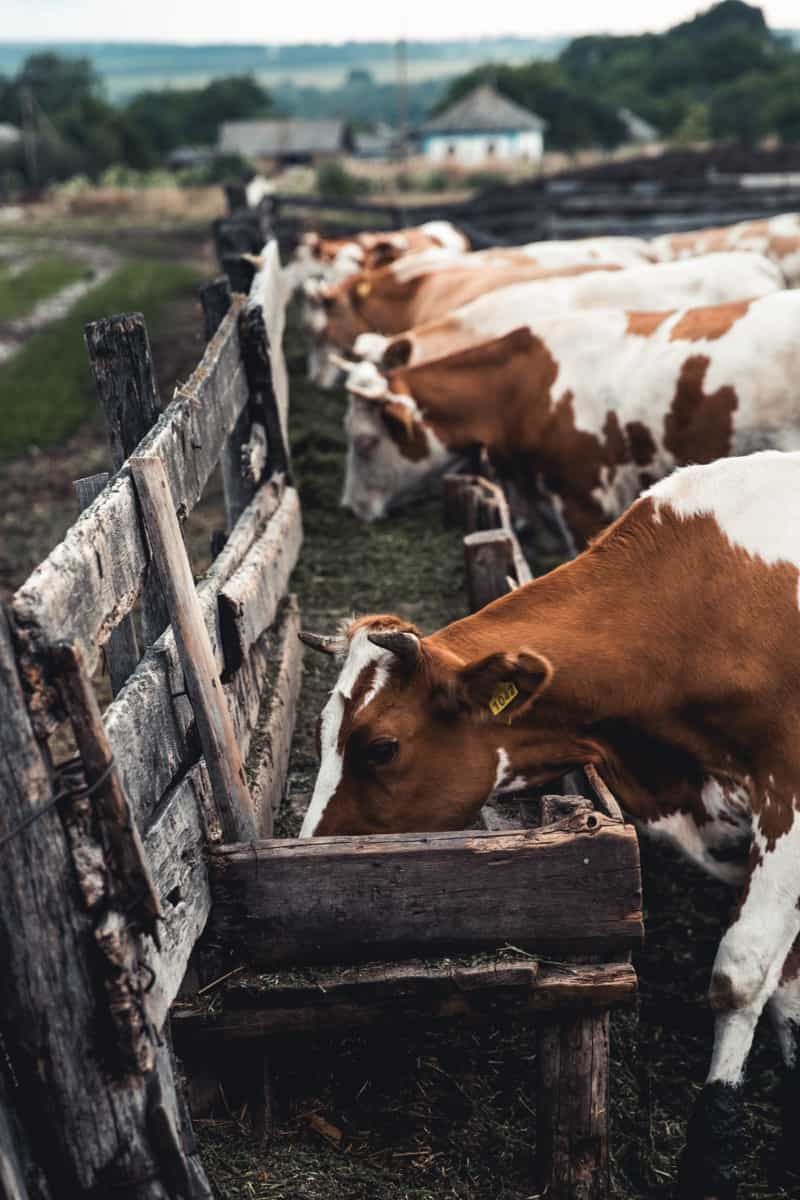
The cows are also used as natural fertilizers, pesticides, and cooking fuel. They are also believed to have antiseptic and healing properties. The Punganur cow urine is therapeutic for various ailments, including diabetes, high blood pressure, kidney stones, asthma, arthritis, and cancer. These cows are also used as disinfectants and cleaners for water and air. The cows are also associated with various local traditions and rituals.
Global Distribution and Popularity of Punganuru Cows
Punganuru cows, a breed of cattle native to Andhra Pradesh, are near extinction due to a lack of awareness, government support, and crossbreeding with exotic breeds. However, there is growing interest in their unique features, quality milk, and cultural significance. The breed is also popular in foreign countries like Sri Lanka, Malaysia, Indonesia, and Australia.
Celebrities, politicians, and business people have adopted Punganuru cows as pets or status symbols. Studies show that Punganuru cows have high genetic diversity and adaptive potential, making them suitable for conserving and improving other cattle breeds.
Frequently Asked Questions (FAQ) on Punganuru Cows
How Big Are Punganuru Cows?
Punganuru cows are the smallest cattle breed in the world. They have an average height of 70 cm and an average weight of 115 kg. They can easily fit in the back of a small car.
What Do Punganuru Cows Eat?
Punganuru cows are very efficient feeders. They can survive on low-quality fodder, crop residues, and dry grasses. They also require less water than other cattle breeds.
How Much Milk Do Punganuru Cows Produce?
Punganuru cows have a high milk yield relative to their body size. They can produce up to 3 liters of milk daily, rich in fat and protein. The milk is also suitable for making ghee, butter, and cheese.
What Are The Benefits Of Punganuru Cows?
Punganuru cows are ideal for small-scale dairy farming and organic farming. They are easy to maintain, resistant to diseases, and tolerant of heat and drought. They also produce high-quality manure and urine, which can be used as natural fertilizers and pesticides.
In case you missed it: Dairy Disease Symptoms and Treatment for Cows, Cattle, Goats, and Sheep
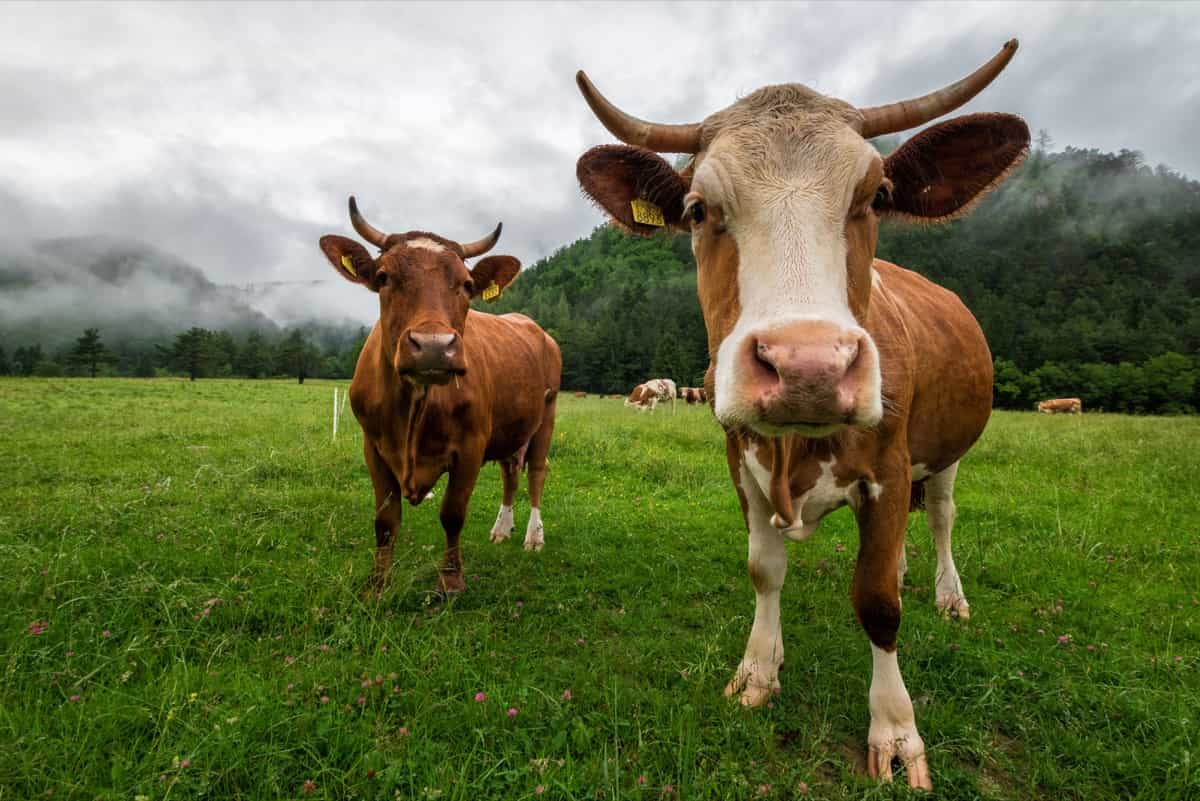
Conclusion
Punganuru cows, native to India, are distinguished by their small size, high-fat milk, and hardy nature. Their unique characteristics, including their distinct appearance and efficient milk production, make them a valuable breed. However, their rarity highlights the need for conservation efforts to preserve this exceptional and culturally significant cattle breed.
Note: The images presented in this post are intended solely for representation purposes. The images are meant to serve as visual aids and should not be relied upon as accurate representations of their real-life counterparts.
- Types of Pesticides Used in Agriculture: A Beginner’s Guide
- Economical Aquaculture: A Guide to Low-Budget Fish Farming
- 15 Common Planting Errors That Can Doom Your Fruit Trees
- How to Make Houseplants Bushy: Effective Tips and Ideas
- Innovative Strategies for Boosting Coconut Pollination and Yield
- Pollination Strategies for Maximum Pumpkin Yield
- The Complete Guide to Chicken Fattening: Strategies for Maximum Growth
- Natural Solutions for Tulip Problems: 100% Effective Remedies for Leaf and Bulb-Related Issues
- Revolutionizing Citrus Preservation: Towards a Healthier, Greener Future
- Natural Solutions for Peony Leaf and Flower Problems: 100% Effective Remedies
- Maximizing Profits with Avocado Contract Farming in India: A Comprehensive Guide
- Natural Solutions for Hydrangea Problems: 100% Effective Remedies for Leaf and Flowers
- The Ultimate Guide to Choosing the Perfect Foliage Friend: Bringing Life Indoors
- From Sunlight to Sustainability: 15 Ways to Use Solar Technology in Agriculture
- The Ultimate Guide to Dong Tao Chicken: Exploring from History to Raising
- The Eco-Friendly Makeover: How to Convert Your Unused Swimming Pool into a Fish Pond
- Mastering the Art of Delaware Chicken Farming: Essentials for Healthy Backyard Flocks
- 20 Best Homemade Fertilizers for Money Plant: DIY Recipes and Application Methods
- How to Craft a Comprehensive Free-Range Chicken Farming Business Plan
- Brighten Your Flock: Raising Easter Egger Chickens for Beauty and Bounty
- How to Optimize Your Poultry Egg Farm Business Plan with These Strategies
- Subsidy for Spirulina Cultivation: How Indian Government Schemes Encouraging Spirulina Farmers
- Ultimate Guide to Raising Dominique Chickens: Breeding, Feeding, Egg-Production, and Care
- Mastering the Art of Raising Jersey Giant Chickens: Care, Feeding, and More
- Ultimate Guide to Raising Legbar Chickens: Breeding, Farming Practices, Diet, Egg-Production
- How to Raise Welsummer Chickens: A Comprehensive Guide for Beginners
- How to Protect Indoor Plants in Winter: A Comprehensive Guide
- Ultimate Guide to Grow Bag Gardening: Tips, Tricks, and Planting Ideas for Urban Gardeners
- Guide to Lotus Cultivation: How to Propagate, Plant, Grow, Care, Cost, and Profit
- Agriculture Drone Subsidy Scheme: Government Kisan Subsidy, License, and How to Apply Online
- Ultimate Guide to Raising Araucana Chickens: Breed Profile, Farming Economics, Diet, and Care
- Bringing Hydroponics to Classroom: Importance, Benefits of Learning for School Students
- Ultimate Guide to Raising Polish Chickens: Breed Profile, Farming Economics, Diet, and Care
- Ultimate Guide to Raising Australorp Chickens: Profile, Farming Economics, Egg Production, Diet, and Care
- Silkie Chicken Farming: Raising Practices, Varieties, Egg Production, Diet, and Care
- Sussex Chicken Farming: Raising Practices, Varieties, Egg Production, Diet and Care